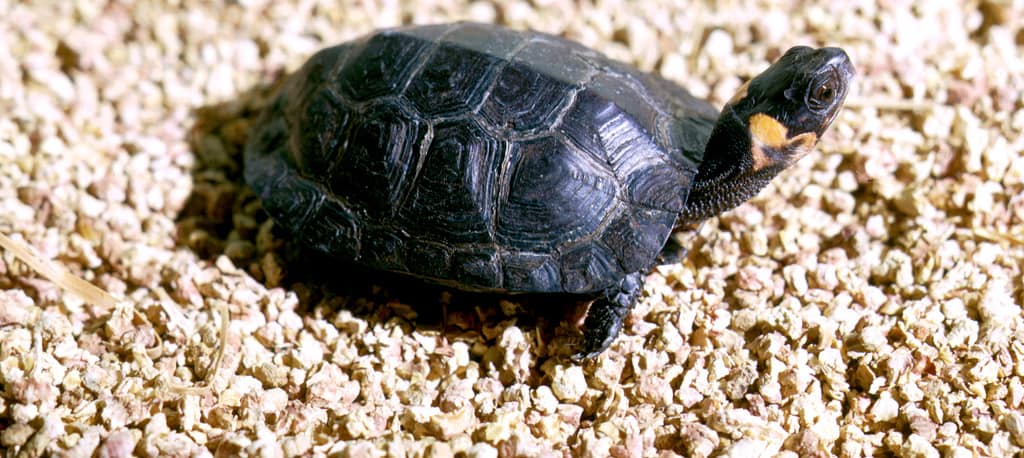Share this article
Study finds slow policy process puts species at risk
Wildlife trade restrictions implemented by the Convention on International Trade in Endangered Species of Wildlife Fauna and Flora (CITES) can take more than two decades to be implemented, a new study found. In the study, researchers looked at how quickly species from the International Union for the Conservation of Nature’s Red List become protected under CITES. They found over 60 percent of species had to wait up to 19 years for CITES protection. Some species are still waiting to be listed since they were considered 24 years ago, they found. The researchers said this can be troublesome since wildlife trade trends can develop quickly. Overall, after analyzing 958 species on the Red List, they found 28 percent of species listed as endangered are not protected under CITES. The authors suggest steps policymakers can take to speed up the process.
Read the study in Science.
Header Image: While species such as the bog turtle (Glyptemys muhlenbergii) are protected under the CITES agreement on international wildlife trade, some species on the IUCN Red List don’t have protections. ©RG Tucker, Jr.








